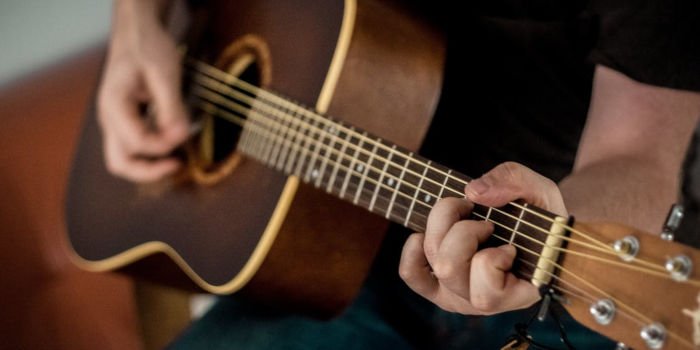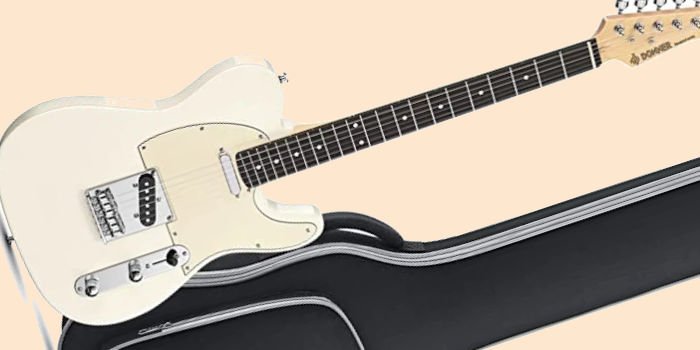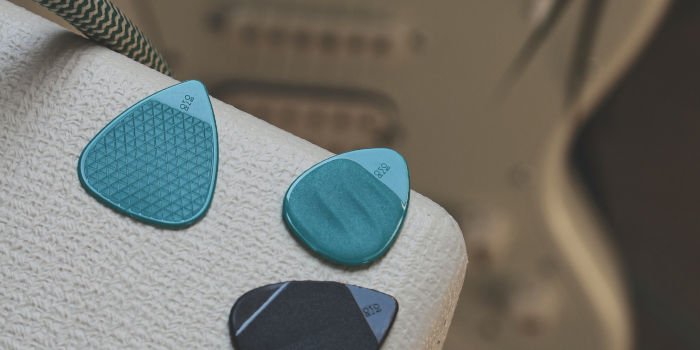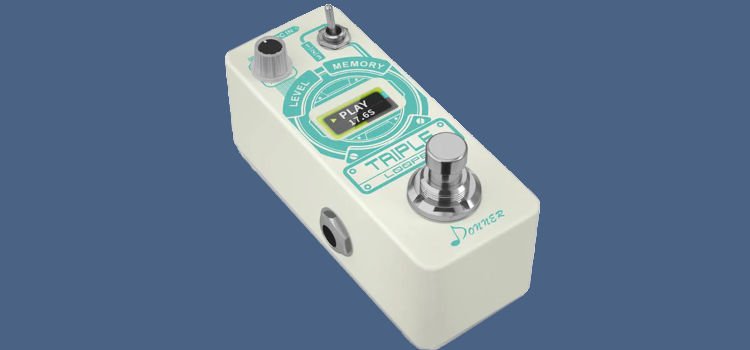How To Painlessly Improve Musicality

Published: 03/08/2013
Under: Guitar Lessons
A few weeks ago, I was at a party with a few guitarists. Unsurprisingly, someone gave me a guitar. This got me thinking about musicality and how with a few simple tweaks, you can become a much better player.
As usual, I started to play a really simple finger picking pattern.
At its heart was a 4 chord trick. Of course, I was adding things and making it sound more complex than it really was.
The four chords were: G, Em, Am, C. So, nothing beyond the grasp of basic player.
Only three simple elements make the pattern sound complex. Firstly, passing chords, I used a few to add interest.
I used a range of chord voicings to add different flavors. Lastly, the rhythm pattern was unique.
As I slowed the pattern down to show someone, it occurred to me that this is a great lesson in musicality.
Guitar Chord Choices
It doesn’t take a genius to realise you have a number of chord options.
For example, if we take G, we could play just a normal G chord, G sus4, Gmaj9, Gmaj11, G6 or G69.
If any of these don’t look familiar to you then grab a copy of my Essential Chord eBook.
Similarly, we could do this for C, Em and Am. This means we have 3 further options for each chord or 18 total chord choices.
Adding musicality to your guitar playing
It would be rather stupid to bung them into just one song. That’s taste and musicality, right there for you.
In order to understand all of your options, try playing each chord by itself. When you’re confident then try it in the pattern.
If it sounds great, try to remember and use it. Sounds bad? Try another option.
The last step is to find the choices that relate what you feel. That’s musicality in action.
You want to move people with the music you play. Plus you to be able to translate what’s in your head into your hands.
When you have this together, then you want to find passing chords.
Passing chords
Moving away or to any of our G chords, you can use a D chord. For example, I like to use D/F#. So that gives us two chords in the first and last bar.
The second bar, Em is cool with being single! You could try using two different voicings of Em, such as Em7 and Em9. However, a simple Em is great by itself.
The third bar can have two chords, the first, an Am chord [Am, Am7, Am9] moving to a G/B or just a simple G chord.
We’ve created a walking bass line over the changes. Sounds great! Plus it’s a whole other level from where we started.
In terms of the timing, we can either split the bar in half and play two beats on each or play the additional chord on beat four.
Original pattern : | G / / / | Em / / / | Am / / / | C / / / |
New pattern : | G / / D/F# | Em / / / | Am / / G/B | C / / D/F# |
Rhythm
As for feeling, firstly get 8th notes sounding tight. When you do, you’ll be able to move it around the beat which will add instant feeling to your playing.
However, you need to get it rock solid to start with. When its firm, then you can try and gently swing it so it sounds more like 16ths. I know, easy to say, hard to do.
If your rhythm skills need some work, then start with a good metronome (I recommend oss DB-30C Dr. Beat Metronome, which costs $30 from Amazon) and my Improve Your Sense of Time and Rhythm eBook.
Improve your musicality
As you can see, we have taken something pretty basic, added some new chords to liven the pattern up.
We’ve then added passing chords to this sequence to advance it. Finally, we’ve played the pattern with solid timing and feel.
It’s really a simple thing to do but its hours of fun.
You can try this with any style, chord pattern or song you like. It works best for fingerstyle. Give it a go!






Leave a Reply